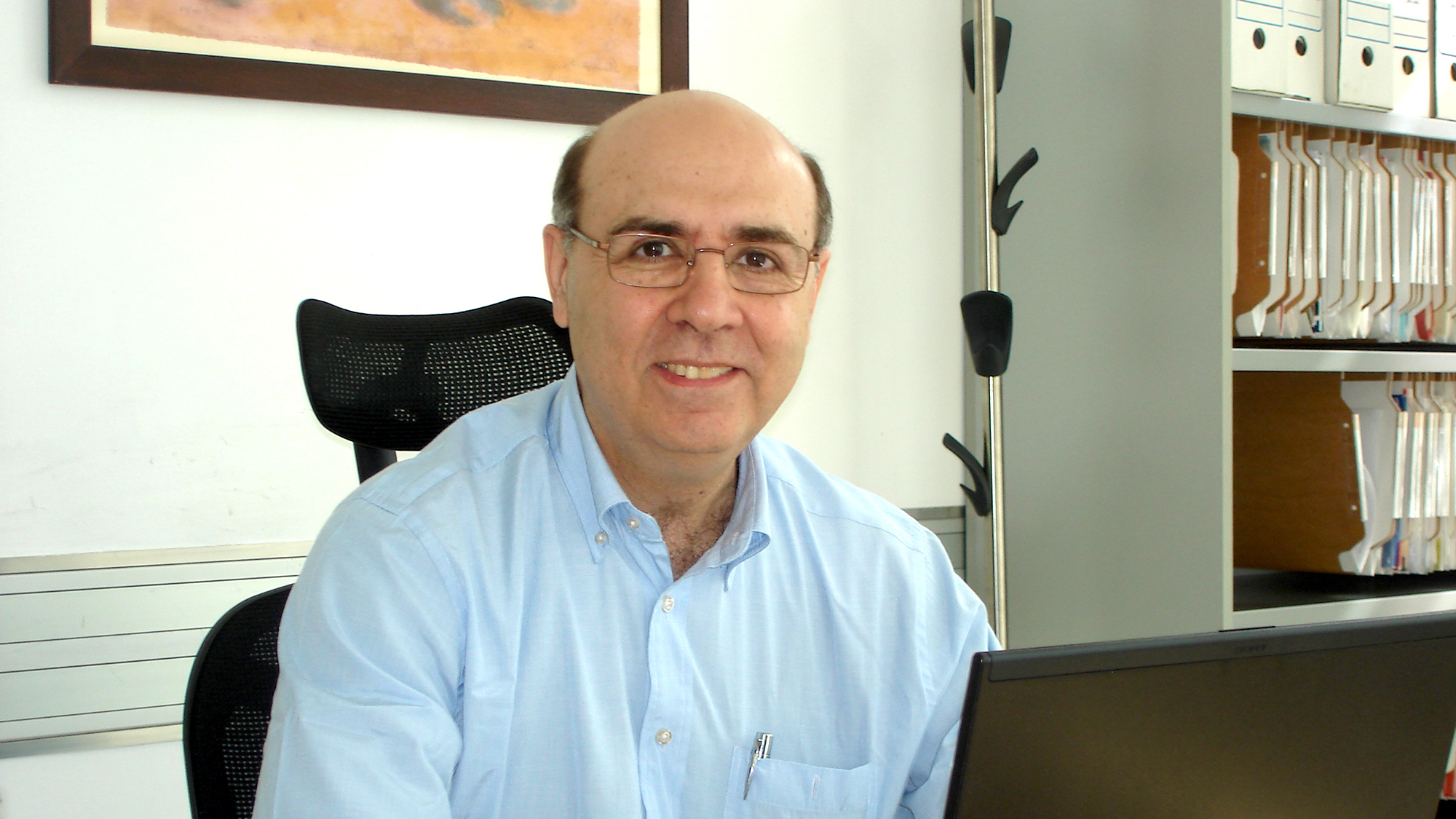Born in Barcelona in 1951, Ferran Sanz is professor at the Department of Experimental and Health Sciences, Pompeu Fabra University (DCEXS-UPF) and vice-rector of scientific policy at this same university. He is also the coordinator of the Research Unit on Biomedical Informatics (GRIB), a mixed unit from the UPF and the Hospital del Mar Medical Research Institute (IMIM) located at the 4thfloor of the Barcelona Biomedical Research Park (PRBB). Ferran Sanz tells us how he got where he is now.
What did you study at university?
I studied chemical engineering at the Institut Químic de Sarrià (IQS), where I was lucky enough to learn computing at a time in which this discipline didn’t really exist as such. But a professor at the IQS, Ramón Carbó, was very interested in it, and he passed this interest to me.
“I was lucky enough to learn computing at a time in which this discipline didn’t really exist as such”
And you did your PhD with him…
Yes, in my free evenings, because during the day I was working at a chemical company. This lasted 2 years, until Carbó offered me a job as an assistant teacher of statistics at the Autonomous University of Barcelona (UAB). From the very beginning I had the intuition that computing could help the world of human biology. But working at the frontier between classical disciplines always generates resistance. At the beginning our work did not have much recognition.
When did this change?
In 1984 I was lucky enough that Jordi Camí offered me to create my own research group within the IMIM, which was starting to form. There were still some difficult years to come, but in the 90s there was already a worldwide recognition of the role of informatics in biomedical research. Pharmaceutical companies realised and started creating their own informatics departments. Nowadays, biomedical research is unimaginable without an important component of computing.
“Nowadays, biomedical research is unimaginable without an important component of computing”
Tell us about the GRIB…
Continuing with my obsession of destroying frontiers, after overcoming the divisions between disciplines it was necessary to do the same between centres. It is important that, within the same building of the PRBB, all researchers interested in biomedical informatics are coordinated, independently of who is paying us. There should be no administrative frontiers on the top of the knowledge community. The GRIB was created with this philosophy.
What is the long-term aim of the GRIB?
The GRIB has grown a lot, especially after the 90s. Today we are about 80 people. The challenge now is to continue growing qualitatively, rather than quantitatively.
Do you think that the PRBB fits the ideals you had in mind when the IMIM started more than 20 years ago?
On the one hand it is a dream came true, regarding the critical mass, being in the map of worldwide science, the quality installations and internationalization we have. Today, we can compete for the most brilliant students with institutions such as the Karolinksa Institute in Sweeden. But there are things to improve. We need more cohesion, to overcome even more frontiers. There are already transversal activities, seminars attended by people from diverse areas, etc. But we need to do more.
How do you combine doing research with being vice-rector?
Very badly! The only way is to work about 70 hours per week. The vice-rector position is temporal, so I need to continue being active in research. If I was doing philosophy or literature, maybe I could take a break, but if I were to leave biomedical informatics for a year, I wouldn’t recognise it when I came back!







